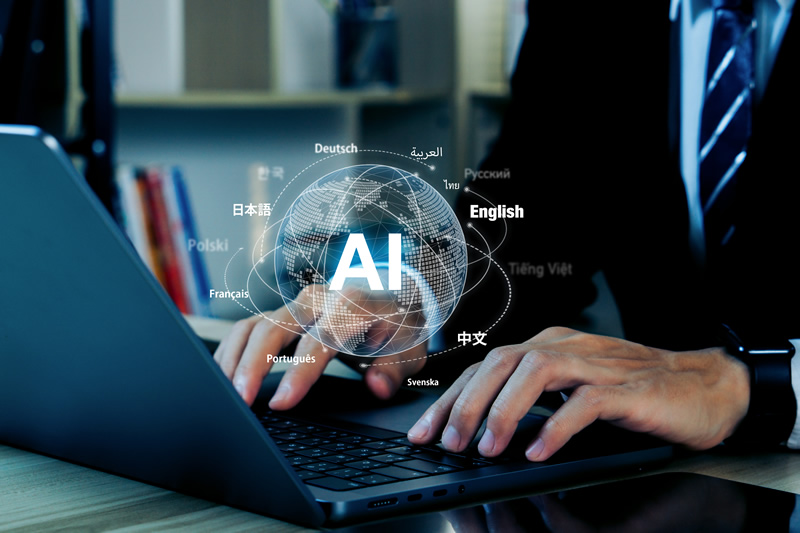In the quickly evolving field of artificial intelligence (AI), the integration of Large Language Models (LLMs) in translation services has become a prominent trend. As the capabilities of these models expand, so do the ethical considerations associated with their usage. This article delves into the ethical implications of employing LLMs in translation, shedding light on concerns such as bias, cultural sensitivity, and the ethical responsibilities of developers in crafting inclusive language solutions.
The Rise of Large Language Models in Translation
Large Language Models, such as OpenAI’s GPT, have revolutionized the field of natural language processing. These models, trained on vast datasets, exhibit a remarkable ability to understand and generate human-like text. In translation services, LLMs have shown great promise in providing somewhat accurate and contextually relevant translations across multiple languages.
The Ethical Quandary of Bias in AI Translation
One of the primary ethical concerns surrounding AI translation involves bias. LLMs, being trained on diverse datasets, may inadvertently perpetuate biases present in the data. This bias can manifest in various forms, including gender bias, racial bias, or cultural bias. Developers must grapple with the challenge of mitigating bias to ensure fair and equitable translations.
Cultural Sensitivity and Nuances in Translation
Translation goes beyond converting words from one language to another; it involves preserving cultural nuances and context. LLMs, although powerful, may struggle to capture the intricacies of language and cultural expressions. Maintaining cultural sensitivity becomes crucial to avoid misinterpretations or offensive translations. Developers need to prioritize training models on diverse cultural datasets and continually refine them to enhance cultural awareness.
Addressing Ethical Concerns in AI Translation Development
To address ethical concerns in AI translation, developers can implement several strategies. First and foremost, transparency in the development process is crucial. Users should be informed about the data sources, training methodologies, and potential limitations of the translation models. Additionally, ongoing monitoring and auditing of the models can help identify and rectify biases.
Developers should also actively seek user feedback to understand the real-world impact of AI translations. This user-centric approach allows for continuous improvement and ensures that the technology aligns with societal values. Collaboration with linguists, cultural experts, and ethicists can provide valuable insights into crafting inclusive and culturally sensitive translation solutions.
The Road Ahead: Striking a Balance Between Innovation and Ethics
As AI translation technology advances, the need to strike a balance between innovation and ethics becomes increasingly important. While pushing the boundaries of what AI can achieve, developers must remain vigilant in addressing ethical considerations. Collaborative efforts between the AI community, ethicists, policymakers, and end-users can contribute to the development of guidelines and standards that prioritize ethical AI translation practices.
Bottom Line
In the world of AI translation, ethical considerations play a pivotal role in shaping the responsible development and deployment of language models. Navigating the gray areas involves a commitment to transparency, cultural sensitivity, and user-centric development. As translation providers like Powerling and TrueLanguage embrace the capabilities of Large Language Models, it is imperative to forge a path that harnesses innovation while upholding the ethical standards that contribute to a more inclusive and respectful global communication environment.


